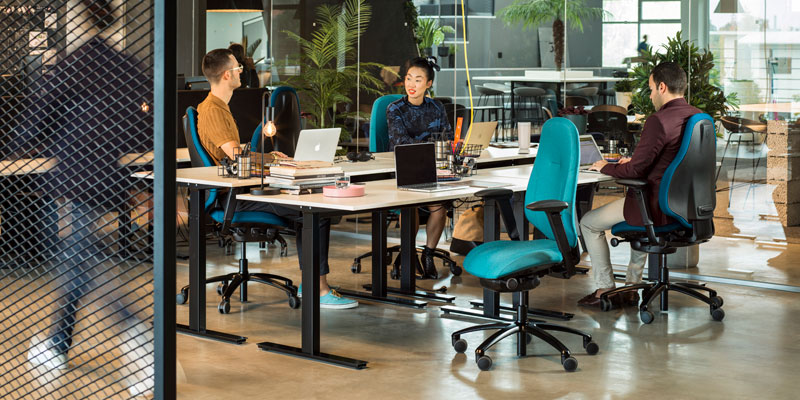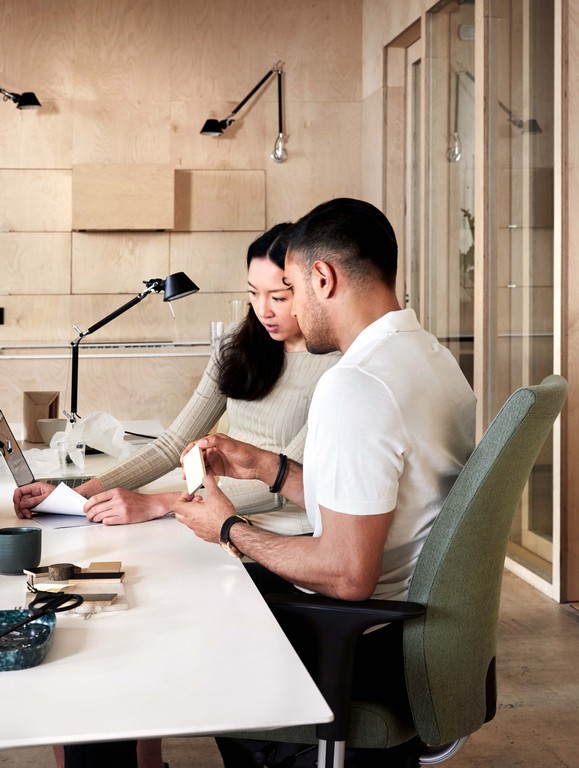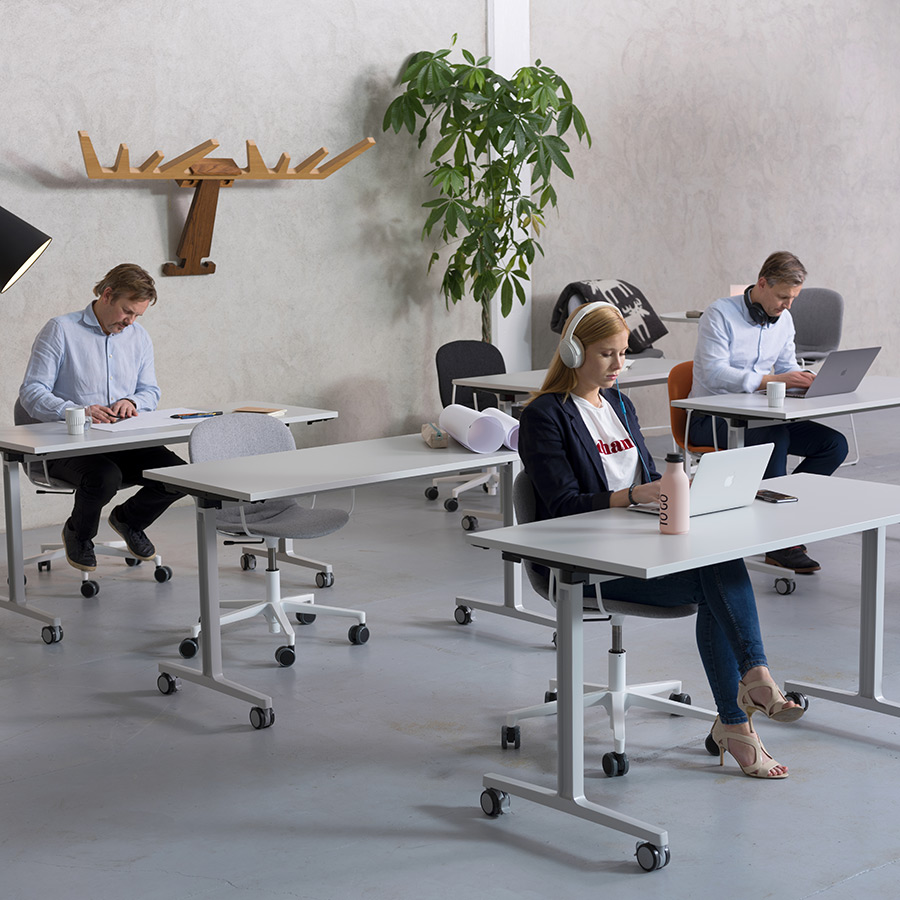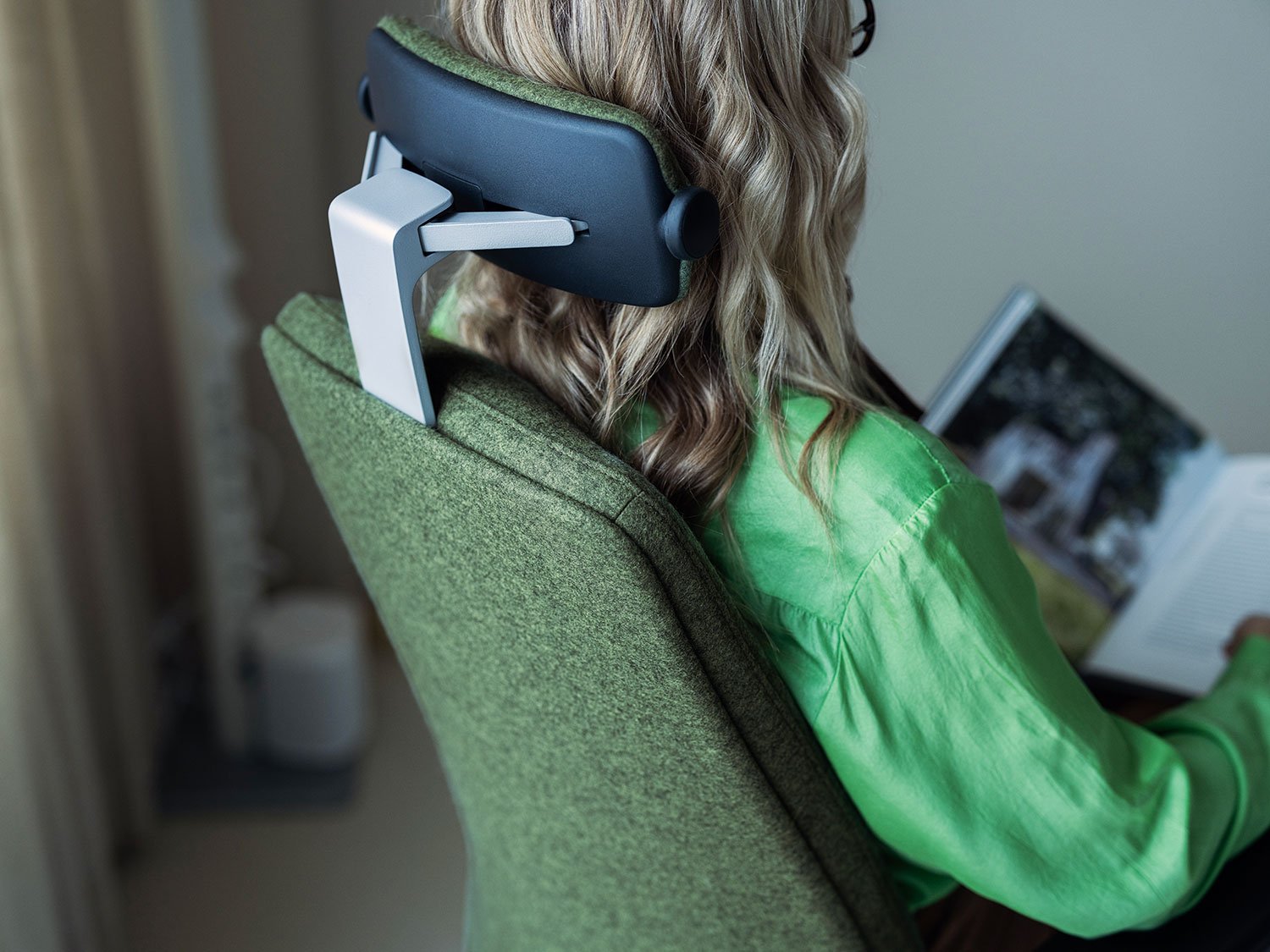Creating an adaptive and flexible workplace environment can reap untold benefits. By designing different work spaces within the office you give people the freedom and flexibility to work in the best possible way.

Human Factors
When we design furniture, we look closely at human needs, particularly within the context of day-to-day activities that take place. Our goal is to make furniture that provides a positive experience for every user.
Through these articles, explore how Flokk apply these principles through the designs we make, and learn more about how you can improve human factors in your workplace or home.
Our approach to human factors
The workplace is in constant change, with architects, consultants and employers always looking for ways to improve productivity and wellbeing.
By taking a human factors approach, we are able to design products with the user's experience at the centre, directly influencing the health, happiness and efficiency of individuals and organisations as a whole.
The workplace is in constant change, with architects, consultants and employers always looking for ways to improve productivity and wellbeing.
By taking a human factors approach, we are able to design products with the user's experience at the centre, directly influencing the health, happiness and efficiency of individuals and organisations as a whole.


Six steps to a healthy work environment
There are links between employee health and aspects of the physical environment at work, such as ergonomic furniture, indoor air quality and lighting. Aside from the potential decrease of sick absence, improvements of the physical environment can increase satisfaction at work and make your colleagues more productive...
There are links between employee health and aspects of the physical environment at work, such as ergonomic furniture, indoor air quality and lighting. Aside from the potential decrease of sick absence, improvements of the physical environment can increase satisfaction at work and make your colleagues more productive...


-
Read more
Designing workplaces for collaboration - a roundtable with Mix Interiors
In a world where it has never been easier to communicate, the likelihood of communication breakdown never seems greater. It is widely believed that increased communication leads to better results. But is this true?
-
Read more
What is the best office chair for back pain?
The "best" office chair generally comes down to personal preference, but if you are one of the many who suffer from chronic back pain, there are a range of special features you should look out for when buying your next desk chair.





